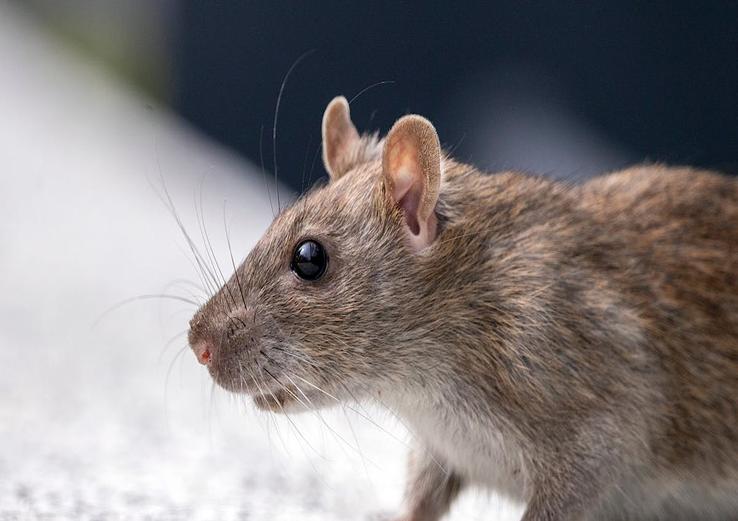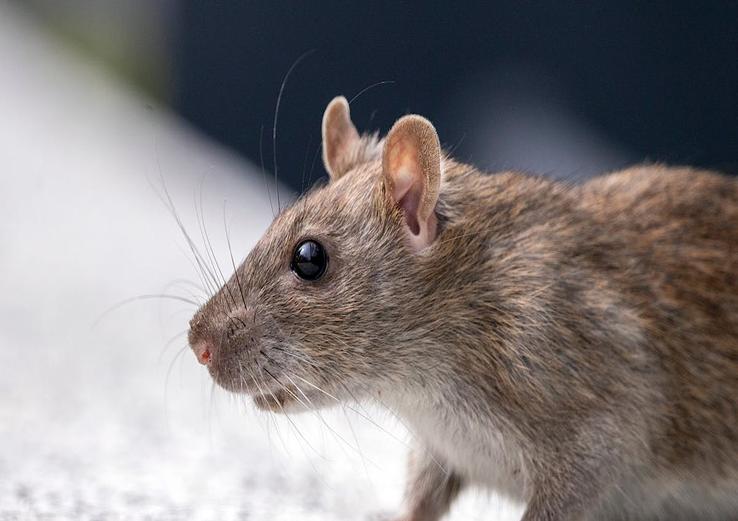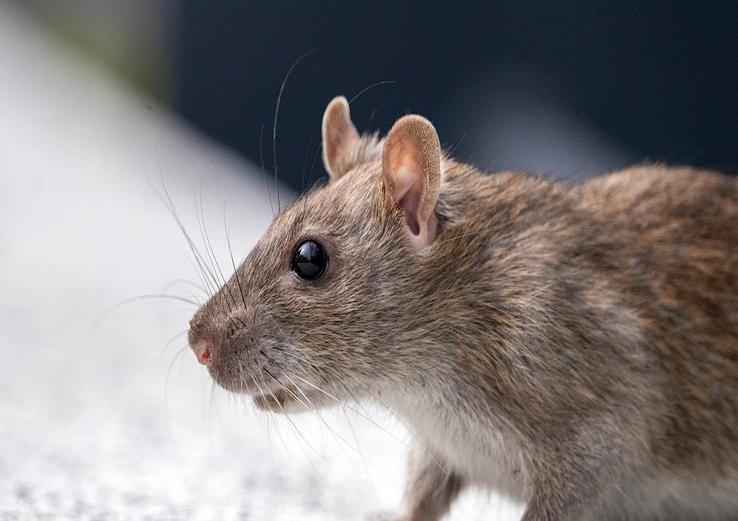
Introduction to Multiplex Serology for Rodent-Borne Pathogens
The field of serology has witnessed significant advancements in recent years, particularly with the development of multiplex serology techniques. This innovative approach enables researchers to simultaneously detect multiple pathogens within a single sample, revolutionizing the way we conduct seroprevalence studies. One area where multiplex serology has shown tremendous potential is in the diagnosis and surveillance of rodent-borne pathogens, including Streptobacillus moniliformis and other ‘rat bite fever-like’ microorganisms. In this blog post, we will delve into the world of multiplex serology and its application in studying the seroprevalence of these microorganisms in rodent populations.
Streptobacillus moniliformis is a Gram-negative bacterium that causes rat-bite fever, a zoonotic disease that can be transmitted to humans through the bites of infected rodents. The disease is characterized by fever, headache, and rash, and can be severe if left untreated. Other ‘rat bite fever-like’ microorganisms, such as Spirillum minus, have also been identified as causes of similar diseases. The ability to detect and study these pathogens is crucial for understanding the epidemiology of rodent-borne diseases and developing effective control measures. Traditional serological methods, such as enzyme-linked immunosorbent assays (ELISAs), have limitations in terms of sensitivity, specificity, and multiplexing capabilities, making them less ideal for large-scale seroprevalence studies.

Multiplex Serology: A Game-Changer for Rodent-Borne Pathogen Detection
Multiplex serology, on the other hand, offers a highly sensitive and specific platform for detecting multiple pathogens simultaneously. This technique utilizes microarray or bead-based platforms to immobilize multiple antigens, allowing for the detection of corresponding antibodies in a single sample. The use of multiplex serology has been successfully demonstrated in various studies, including those focused on tick-borne diseases and zoonotic viruses. In the context of rodent-borne pathogens, multiplex serology has shown promise in detecting antibodies against Streptobacillus moniliformis and other ‘rat bite fever-like’ microorganisms. By using this approach, researchers can screen large numbers of rodent samples for multiple pathogens, providing valuable insights into the seroprevalence and distribution of these microorganisms in different rodent populations.

The advantages of multiplex serology are numerous. Firstly, it enables the simultaneous detection of multiple pathogens, reducing the need for multiple individual tests and conserving valuable sample material. Secondly, multiplex serology can provide a more comprehensive understanding of the immune response in rodents, allowing researchers to identify patterns of co-infection and potential interactions between different pathogens. Finally, the high-throughput nature of multiplex serology makes it an ideal tool for large-scale seroprevalence studies, facilitating the collection of valuable data on the epidemiology of rodent-borne diseases.
Application of Multiplex Serology in Rodent-Borne Pathogen Research
The application of multiplex serology in rodent-borne pathogen research has far-reaching implications. For instance, studies using multiplex serology have shown that Streptobacillus moniliformis and other ‘rat bite fever-like’ microorganisms are more prevalent in certain rodent populations than previously thought. This information can inform public health policies and guide the development of targeted control measures, such as vaccination programs or rodent control initiatives. Furthermore, multiplex serology can be used to monitor the effectiveness of these control measures, providing valuable feedback on the impact of interventions on rodent populations.
In addition to its application in public health, multiplex serology can also be used to study the ecology and evolution of rodent-borne pathogens. By analyzing the seroprevalence of multiple pathogens in different rodent populations, researchers can gain insights into the interactions between hosts, pathogens, and environments. This knowledge can be used to develop predictive models of disease transmission and to identify key factors influencing the emergence and spread of rodent-borne diseases.
Rodent-Borne Pathogen Detection: Future Directions
As the field of multiplex serology continues to evolve, we can expect to see significant advancements in the detection and study of rodent-borne pathogens. The development of new technologies, such as nanotechnology-based platforms and CRISPR-Cas systems, is likely to further improve the sensitivity and specificity of multiplex serology assays. Moreover, the integration of multiplex serology with other ‘omics’ technologies, such as genomics and transcriptomics, will provide a more comprehensive understanding of the complex interactions between hosts, pathogens, and environments.
In terms of future research directions, there is a need for more studies on the application of multiplex serology in rodent-borne pathogen detection. This includes the development of standardized protocols for sample collection and processing, as well as the establishment of reference materials and quality control measures. Additionally, there is a need for more research on the epidemiology of rodent-borne diseases, including the role of environmental factors, climate change, and human activities in shaping the distribution and prevalence of these pathogens. By addressing these knowledge gaps, we can work towards a better understanding of the complex dynamics of rodent-borne diseases and the development of effective strategies for their control and prevention.
